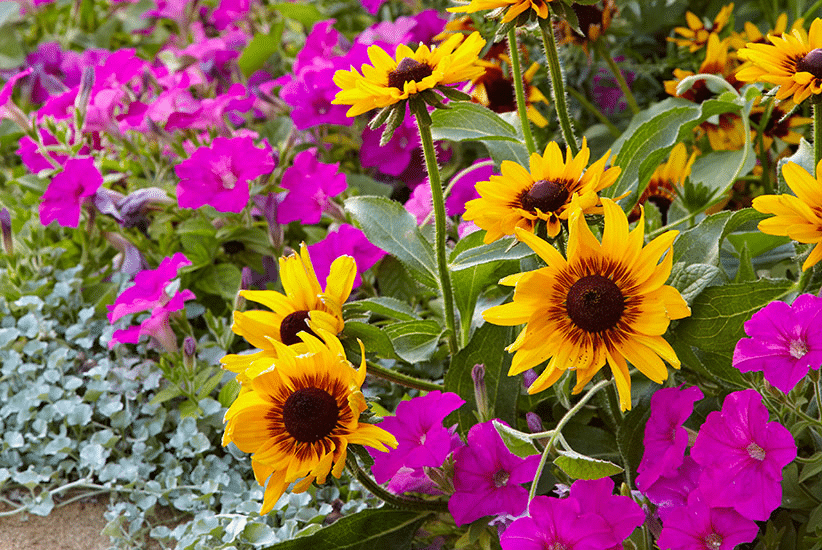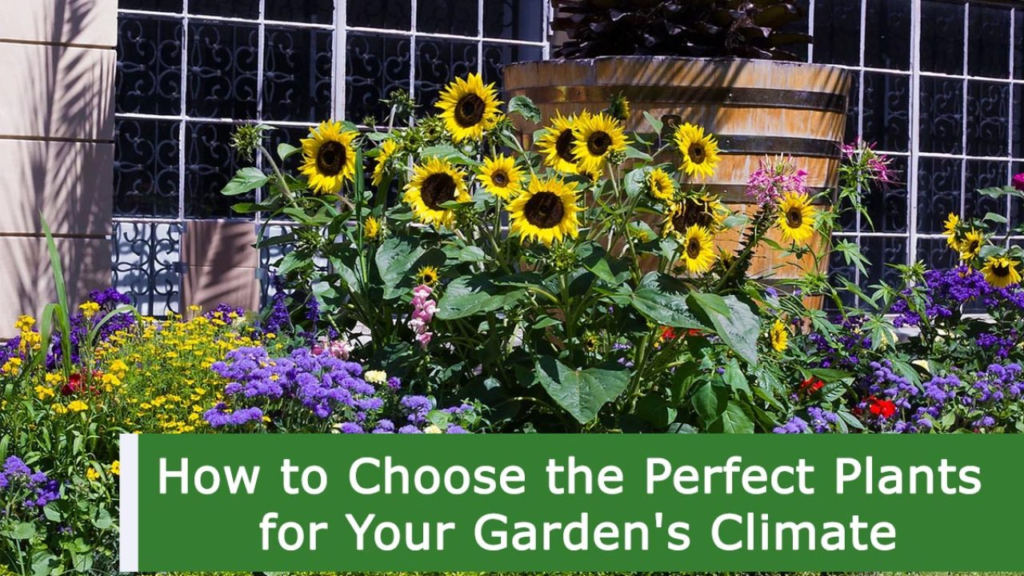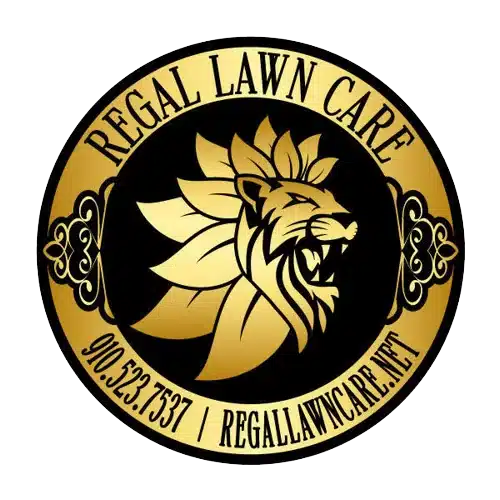Choose flowers and plants that will do well in your local climate and growing conditions for a vibrant and flourishing garden. Whether you are an experienced gardener or a beginner enthusiast, selecting the right plants for your garden can be exciting and rewarding. In this comprehensive guide, we will go through some of the things you should consider when selecting flowers for your garden, including sunlight, soil type, water needs, and climatic variations.
1. Understand Where You Live In Terms Of Climate
Before selecting flowers for your garden, you must first comprehend your area’s climate. Some of these factors include temperature extremes, rainfall patterns, and even frost dates, which may affect the types of plants that could thrive in your garden.
2. Sunlight Exposure
The amount of sun received is one of the most important things to consider when choosing flowers for a garden. It would help to consider how much sunlight visits different parts of your landscape throughout the day because this determines which plants can thrive while others can struggle.
Full Sun: If you need high percentages of sunshine directly reaching out in six or more hours daily, go with blooms like marigolds, petunias, or zinnias.

Partial Shade: On the other hand, if we are discussing gardens having dappled light or partial shade, then look at impatiens and begonias, as well as ferns thriving under reduced illumination levels.
3. Soil Type
Another factor that will determine if your flowerbeds succeed is the soil type found within them. A soil test will help determine its pH level and nutrient composition to know how best suited it might be towards planting appropriate species in the future.
Sandy Soil: For sandy soils, choose drought-tolerant flowering varieties such as lavender, sedum, and coneflowers.
Clay Soil: Select daylilies, astilbe, and hostas for a garden with clayey soils that are heavy and compact. Enhance the soil by incorporating organic matter to improve drainage and aeration.
4. Water Requirements
The water needs of the flowers you choose will depend on whether they like wet soil or need it dry. Determine natural water sources in your garden, like rainfall or irrigation systems, before purchasing plants.
Drought-Tolerant Plants: Yarrow, ornamental grasses, and succulents are perfect choices for areas experiencing a scarcity of water resources, mainly because of frequent droughts.
Water-Loving Plants: When enough moisture is available in gardens or places with high precipitation rates, consider hydrangeas, ferns, or Japanese iris species.
5. Native and Indigenous Plants
One way to guarantee success while supporting local ecosystems is to introduce native and indigenous plants into your garden. Since these flowers are well suited to your area’s climatic conditions and soil type, they can be described as low-maintenance yet versatile options for your landscape.
Find out some local plant species from where you reside that could be used within the arrangement of your outdoor space. These indigenous blooms, including black-eyed Susans, milkweeds, and butterfly weeds, serve vital habitats and foods for various wild animals, thus making the garden more attractive and diverse.

6. Think about seasonal interest
When choosing plants for the garden, selecting a mixture of species that will keep the garden interesting throughout the seasons is advisable. This way, you create gardens that will be very beautiful all year round.
Spring Blooms: To add color and vigor to your garden in spring, choose early-flowering bulbs such as tulips, daffodils, and crocuses.
Summer Favorites: Keep your garden vibrant and colorful all summer by selecting summer-blooming perennial plants like daylilies, cone flowers, and coreopsis.
Fall Foliage: To give your garden visual interest and warmth as the season changes, include plants with stunning fall foliage, such as ornamental grasses, sedum, autumn sage, etc.
7. Maintenance Requirements
When you feel your garden needs flowers, you should always consider its maintenance requirements. It includes pruning, deadheading, or even feeding through fertilizers. Choose plants based on your lifestyle or gardening preferences; you might choose low-maintenance alternatives or spend more time tending to your garden.
Low-Maintenance Options: These flowers need less care, such as perennial groundcovers, ornamental grasses, self-seeding annuals, etc.
High-Impact Blooms: Some flowers that require little effort but are made up with grand results include roses, dahlias, peonies, etc. These can have a significant impact on your garden with minimal effort on your part.
Conclusion: Creating Your Dream Garden
In conclusion, choosing the suitable flowers for your garden involves many factors like climate conditions, sunlight availability, soil type, water needs, and how much attention you can give the flowers through different seasons. Researching ways of designing is essential to create a beautiful backyard environment that remains green and blooms the whole year at home.
Call Us Now For Your Lawn Care Services
Do you want flowerbed installations to bring the outdoor space back to life? You need an appointment with Regal Lawn Care’s professional landscaping designers to assist you. We will match your vision for the garden from planning to installation and maintenance. Reach out to us now to get started!







